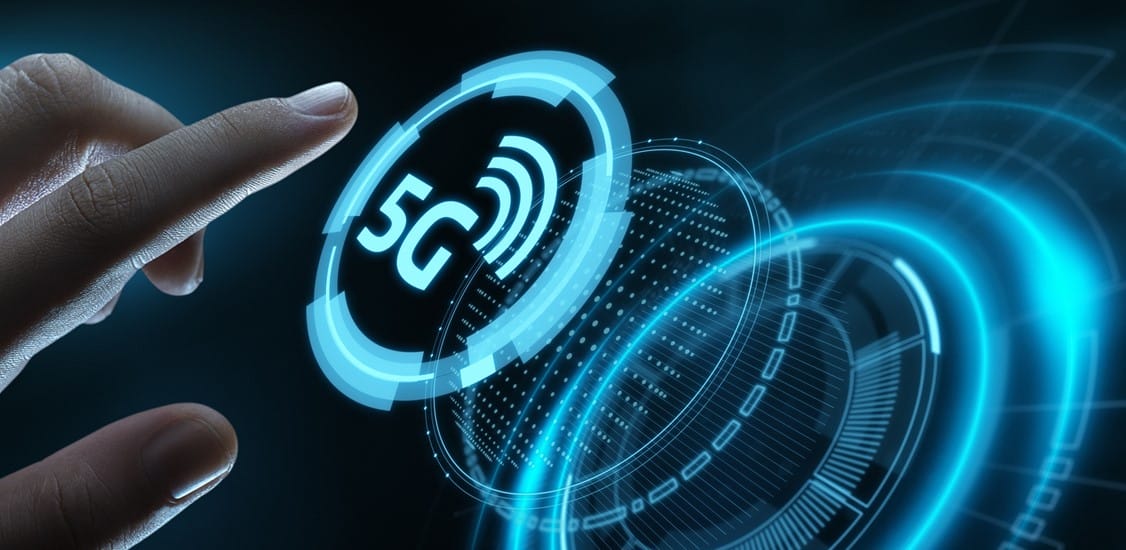5G Technology | What You Need to Know
5G Technology: What You Need to Know
5G technology is the latest generation of wireless communication that promises to deliver faster speeds, lower latency, and more connectivity than ever before. But what exactly is 5G and how does it work? In this blog post, we will explain the basics of 5G technology and its benefits and challenges.
What is 5G technology?
5G stands for fifth generation, and it is the successor of 4G, which is the current standard for mobile networks. 5G technology uses a new radio interface called 5G NR (New Radio), which operates on different frequency bands than 4G. These bands are divided into two categories: FR1 (sub-6 GHz) and FR2 (millimeter wave). FR1 covers the lower frequencies that are used by 4G and previous generations, while FR2 covers the higher frequencies that are new to 5G.
The main advantage of using higher frequencies is that they can carry more data and support higher speeds. According to Cisco, 5G technology has a theoretical peak speed of 20 Gbps, while 4G has only 1 Gbps. However, higher frequencies also have some drawbacks, such as shorter range and poorer penetration through walls and obstacles. Therefore, 5G networks need more base stations or nodes to cover the same area as 4G networks. These nodes are connected by optical fiber or wireless backhaul links to the core network.
Another key feature of 5G technology is that it is designed to support a variety of devices and applications, not just phones. 5G networks can create virtual subnetworks or slices that can be customized for different use cases and requirements. For example, a slice for autonomous vehicles may need low latency and high reliability, while a slice for smart home devices may need low power consumption and long battery life. 5G networks can also integrate with other wireless technologies, such as Wi-Fi 6 and satellite communications, to provide seamless connectivity.
What are the benefits of 5G technology?
5G technology has the potential to enable many new and improved services and experiences for consumers and businesses. Some of the benefits of 5G technology are:
- Faster browsing and streaming: With 5G technology, users can enjoy faster downloads and uploads, smoother video calls and online gaming, and higher-quality video and audio streaming.
- Enhanced productivity and collaboration: With 5G technology, workers can access cloud-based applications and data more quickly and reliably, collaborate with colleagues in real time using augmented reality (AR) and virtual reality (VR), and use artificial intelligence (AI) and machine learning (ML) to automate tasks and optimize processes.
- Improved health care and education: With 5G technology, patients can receive remote diagnosis and treatment using telemedicine, wearable devices, and robotics, while students can access interactive and immersive learning content using AR and VR.
- Smarter cities and industries: With 5G technology, cities can implement smart solutions for traffic management, waste management, public safety, and environmental monitoring, while industries can adopt smart manufacturing, logistics, agriculture, and mining using IoT devices, sensors, drones, and robots.
What are the challenges of 5G technology?
Despite its promising benefits, 5G technology also faces some challenges that need to be overcome before it can be widely adopted. Some of the challenges of 5G technology are:
- High cost and complexity: Deploying 5G networks requires a lot of investment in infrastructure, equipment, spectrum licenses, and software development. It also involves a lot of coordination among various stakeholders, such as network operators, device manufacturers, regulators, and service providers.
- Security and privacy risks: As 5G networks connect more devices and data than ever before, they also expose more vulnerabilities and threats to cyberattacks. Therefore, 5G networks need to implement strong security measures at every layer of the network architecture, from the device to the cloud. Moreover, users need to be aware of the privacy implications of sharing their personal information with various applications and services over 5G networks.
- Social and environmental impacts: As 5G networks enable more digital activities and consumption than ever before, they also raise some social and environmental concerns. For example, some people may experience digital addiction or isolation due to excessive use of online services or devices. Some people may also face digital divide or inequality due to lack of access or affordability of 5G services or devices. Furthermore, some people may worry about the health effects or aesthetic impacts of having more base stations or antennas in their surroundings.




Comments
Post a Comment